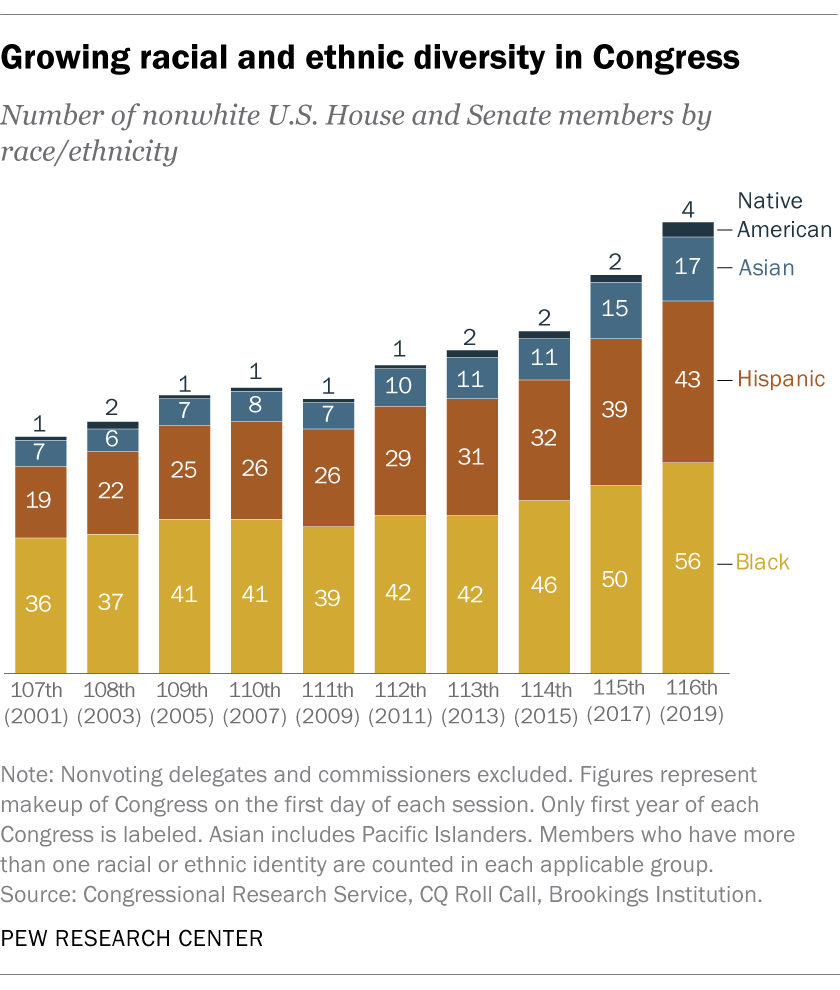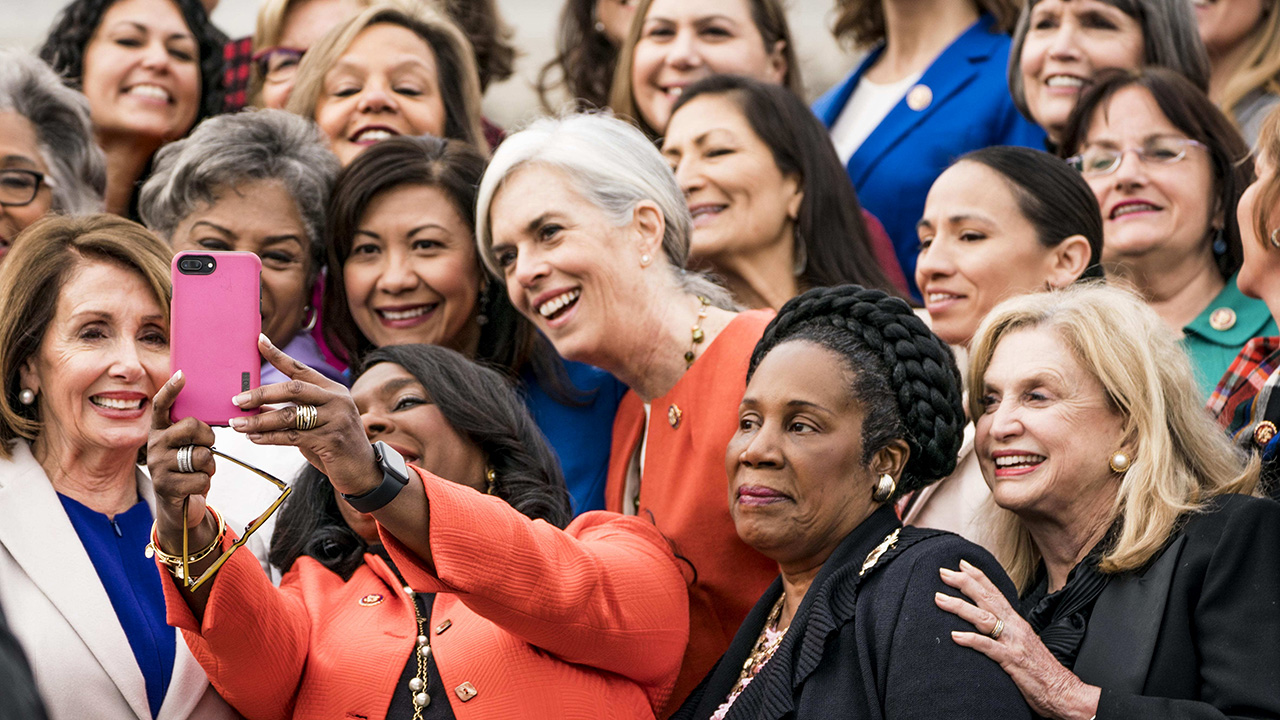Yo, Is This Racist?
Madison Rediehs
A general rule of thumb in regards to questioning racism is: if you have to question it, it probably is. Hi, My name is Madison Rediehs, I’m a junior here at Ohio State and today I will be looking into some injustices I have noticed in my day to day life that reveals something larger about society in regards to racism. Whether racism is underlying or blatant, it is evident that America needs a wake up call in what people consider to be “not racist” when there is clear underlying prejudice.
To start, I think it is vital to point out that as a white female, I have personally never experienced racism, so my observations are simply that: observations. I define racism as targeting one group, most of the time one of historically marginalized cultures and ethnicities, and allowing your prejudice to rule over equality.
I am going to start with a situation that my roommate Julianna and I recently discussed. Julianna attended a private school in Cleveland and told me how wearing your hair in braids was not allowed at her school. For people of color, wearing braids has so much significant cultural meaning and has been an indicator of social status, wealth, age, and religious belief. Braids are a big part of expression in African women and men, and have been encouraged to maintain natural hair free of chemicals and harm. In this situation, black people have been singled out to maintain a certain image in the school due to prejudice around braids. This definitely represents racism as the black community and people of color have been discriminated against for the state of their hair, which can be very hard to maintain. Hair has no impact on the education one receives and poses zero threat to any other student or faculty member. This situation is not isolated, but has been seen throughout many schools and workplaces. In more recent years, we see more people standing up to this discrimination and demanding respect for their natural hair, however the country has not yet outlawed this discriminatory act, only some states. Considering this marginalized community of people have rules that could suspend them from their education by simply wearing their hair in braids shows to be offensive, and racist.

The next topic I want to discuss is a bit heavier of a topic. Five months ago a woman named Breonna Taylor was shot and killed in her own home by the police in the midst of a search for drugs. Breonna was shot six times and was left to die. Within this past week, the court ruled that officer Brett Hankison only be charged as “first degree wonton endangerment” for the three bullets that missed Breonna and went in the direction of her white neighbor’s unit, where a pregnant woman with her husband and child were present. To me, this is completely outrageous. To charge a police officer for the shots he missed that could have hit a white family, but not for the six shots that killed an unarmed innocent woman? If Hankison was proven to be handling the gun in an uncontrolled manner that should further prove that Breonna was wrongfully killed, however the officer was not charged with anything related to killing Breonna Taylor. This shows how our system is still putting the lives of white people over the lives of black people. This ruling blatantly showed that the potential of killing a white person was more important than actually killing a black person. This situation targets one black woman and gives her no justice, offending not only Breonna, but the whole black community and minorities in general showing clear racism that was not only accepted, but legal.


The final topic I want to discuss is one that is more ambiguous depending on how you look at it. The House of Representatives is a group of people that are each elected to a two year term and focus on a certain district by introducing laws and serving on committees. Each representative is supposed to come together to portray American citizens the best way possible. During this semester I found one article entitled, Faces of Power: 80% Are White, Even as US Becomes More Diverse by Denise Lu, John Huang, Ashwin Seshagiri, Haeyoun Park, and Troy Griggs which discussed the current state of the House of Representatives. One statistic I found extremely interesting was how out of 431 people who currently write laws in the House, 112 are Asian, Black, Hispanic, Native American, or otherwise identify as a person of color. This means that about 74% of those creating laws are white, not to mention that this current class is the most diverse it has ever been. This is problematic because our country has such a mix of cultures and ethnicities that must be accounted for to ensure that all American people are heard. This long rooted injustice has been enforced due to the connotation of an American being white, which we all know to be false, as well as men being more competent in politics due to being “less emotional”, another false statement. What this does is leave out important issues and laws that need to be discussed and made to protect people of color and Americans as a whole. For example, a white person in the House may not see police as much of a threat but someone who is black may see the need for more regulation of the police to be vital. Having diversity would allow more people to feel safe and supported by the government rather than seeing the government as the enemy. White males have run our country since 1789 and are seen as the most competent in regards to politics, which is why I bring up this scenario as a form of racism. Between 46 presidents only one has been black, Barack Obama, and only one woman has been the vice president, Kamala Harris, elected in 2020. Being white and being male has put these people on a pedestal that they do not deserve. The reason I say that this situation can be looked at as non-racist is because the House is actually more diverse than it has ever been and is heading in a better direction. “We are currently in our 116th Congress and since 2001-2003, the 107th Congress, we have had an 84% increase in minorities in the House, from 63 to 112″(Lu). While some minorities are seen to be represented proportionally, like Native Americans, who make up 1% of the US population and 1% of the Congress, some races are not, including hispanics and asians (Lu). As our country starts to accept more minorities in office, I can only hope that each and every ethnicity becomes equally represented proportionally to the population of the United States. This situation brings me to realize that oftentimes some research must be completed to accurately interpret these statistics. If I did not realize the proportion aspect of these statistics, then I would feel that these numbers are very racist and that most minorities are underrepresented, but this is not exactly the case.


Democratic Reps. Terri Sewell of Alabama, Sheila Jackson-Lee of Texas, Carolyn Maloney of New York and other members of the 116th Congress pose for a selfie with House Speaker Nancy Pelosi at the U.S. Capitol in Washington on Jan. 4. (Melina Mara/The Washington Post via Getty Images)
Racism in America is obviously an issue that has been ongoing and imbedded into not only the minds of Americans, but also the justice systems. Having America be founded on the principles of white men over one hundred years ago is bringing more and more issues revolving around racism as our country becomes more diverse. Above I gave three examples, one of underlying racism: the braids. When I say “underlying racism” this means that there is discrimination but it does not come out and say what it means. For example, banning braids does not limit itself to just black people, however clearly that was who the school was targeting. Next, I talked about Breonna Taylor. Her situation looks into how racism is shown and accepted in government run systems in America. This outward portrayal of discrimination has been backed by the law and is seen as just. However, as aforementioned, this does not mean that this situation is not racist. Our country has been built on ideals that protect white men, and while our laws change and evolve, it is clear that many police and governmental figures carry little regard for people of color. In order to try to bridge the gap and keep equality for all, I think we need to start thinking about: if the roles were reversed, would the outcome be the same? And sadly, in Breonna’s case, I do not think the verdict would have been the same if Breonna was white. The final discussion showed how America is working towards becoming more diverse in our government, however has had an obvious racist past. Our country may be working towards equality, but are we doing enough? To finally reach equality we must keep setting the bar higher and higher and challenging each other to be better by educating one another. We are all responsible.
References
Bialik, Kristen. “For the Fifth Time in a Row, the New Congress Is the Most Racially and Ethnically Diverse Ever.” Pew Research Center, Pew Research Center, 18 Aug. 2020, www.pewresearch.org/fact-tank/2019/02/08/for-the-fifth-time-in-a-row-the-new-congress-is-the-most-racially-and-ethnically-diverse-ever/.
Costello, Darcy, et al. “Kentucky Grand Jury Indicts 1 of 3 Police Officers in Fatal Breonna Taylor Shooting – but Not for Her Death.” USA Today, Gannett Satellite Information Network, 24 Sept. 2020, www.usatoday.com/story/news/nation/2020/09/23/kentucky-grand-jury-breonna-taylor-brett-hankison-charged/3467413001/.
Lu, Denise, et al. “Faces of Power: 80% Are White, Even as U.S. Becomes More Diverse.” The New York Times, The New York Times, 10 Sept. 2020, www.nytimes.com/interactive/2020/09/09/us/powerful-people-race-us.html.
Muhammad, Tia. “6 POPULAR BRAIDING STYLES & THEIR TRUE ORIGIN.” ONCHEK, www.onchek.com/theinsight/6-popular-braiding-styles-their-true-origin/.
Shapiro, Emily, and Ivan Pereira. “Breonna Taylor Protests in Louisville: Unlawful Assembly Declared on 2nd Night of Demonstrations.” ABC News, ABC News Network, 24 Sept. 2020, abcnews.go.com/US/public-outraged-breonna-taylor-case-officer-indicted-endangering/story?id=73193800.




